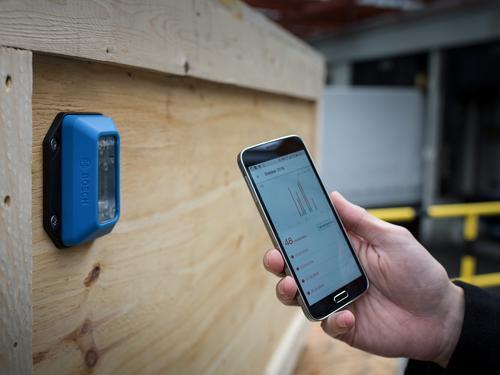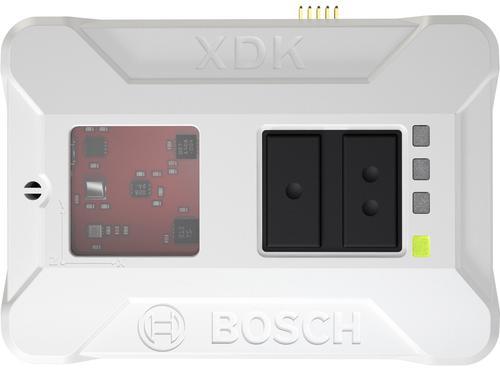LAKE WALES, Fla. — Every sensor and wireless chip maker is edging into the Internet of Things (IoT) market, one of the fastest growing international markets, predicted to surpass $1.6 billion by 2021 according to IoT Analytics (Hamburg, Germany). Fellow German company Bosch Sensortec aims to maintain its current lead by integrating its microelectromechanical systems (MEMS) and other sensors into every IoT device under the sun.
At the Consumer Electronics Show (CES, Las Vegas) it tried to demonstrate its prowess by introducing a fistful of innovative applications and IoT enablers for original equipment manufacturer (OEM) devices featuring mobility, logistics and Industry 4.0 (the marriage of IoT, cyber-physical systems and cloud computing).
(Source: Bosch)
One premier proof-of-concept device was a cigarette-lighter sized Retrofit eCall IoT that plugs right-in to the cigarette lighter hole (usually called the auxiliary power jack) present on every car. This IoT module turns any vehicle (whose driver has a Bluetooth-equipped smartphone) into a GM-like On-Star or Ford-like Sync equipped vehicle including roadside service, emergency dispatch and even concierge services like finding restaurants and booking hotels.
To demonstrate how logistics can use the IoT, Bosch showed a Transport Data Logger (TDL). The device is attached to each high-value crate to be shipped, which it monitors with built-in sensors that log temperature, humidity, tilt, location and shocks. As a result, when a package arrives, the receiver can use their smartphone to read-out whether the contents were mistreated, and if so, how, when and where, thus ensuring supply chain accountability.

(Source: Bosch)
For OEM’s planning their own IoT devices, Bosch showed its Cross Domain Development Kit (XDK110) which contains a MEMS accelerometer, magnetometer and gyroscope, coupled with humidity, pressure, temperature, acoustic and digital light sensors.
Bosch XDK development kit to IoT OEMs includes a microelectromechanical system (MEMS) accelerometer, magnetometer and gyroscope, coupled with humidity, pressure, temperature, acoustic and digital light sensors — plus Bluetooth and WiFi connectivity.
(Source: Bosch)
To its growing family of extension boards adding more capabilities, Bosch showed three new ones at CES: a long-range wide area network (LoRaWAN) that can connect IoT devices up to 25 miles apart using extremely low power (and consequently low bit rate).
The second extension board was an infrared sensor that can detect heat signatures at a distance, as well as serve as a motion detector (of people or the warm things, like animals). And the third provides and additional temperature sensor that extends the range of the second, which Bosch claims will be useful for industrial applications.

(Source: Bosch)
The XDK can be embedded in IoT applications, or merely used to develop them, including its own software development kit (SDK), algorithm library and sample applications.
— R. Colin Johnson, Advanced Technology Editor, EE Times 
Related articles: